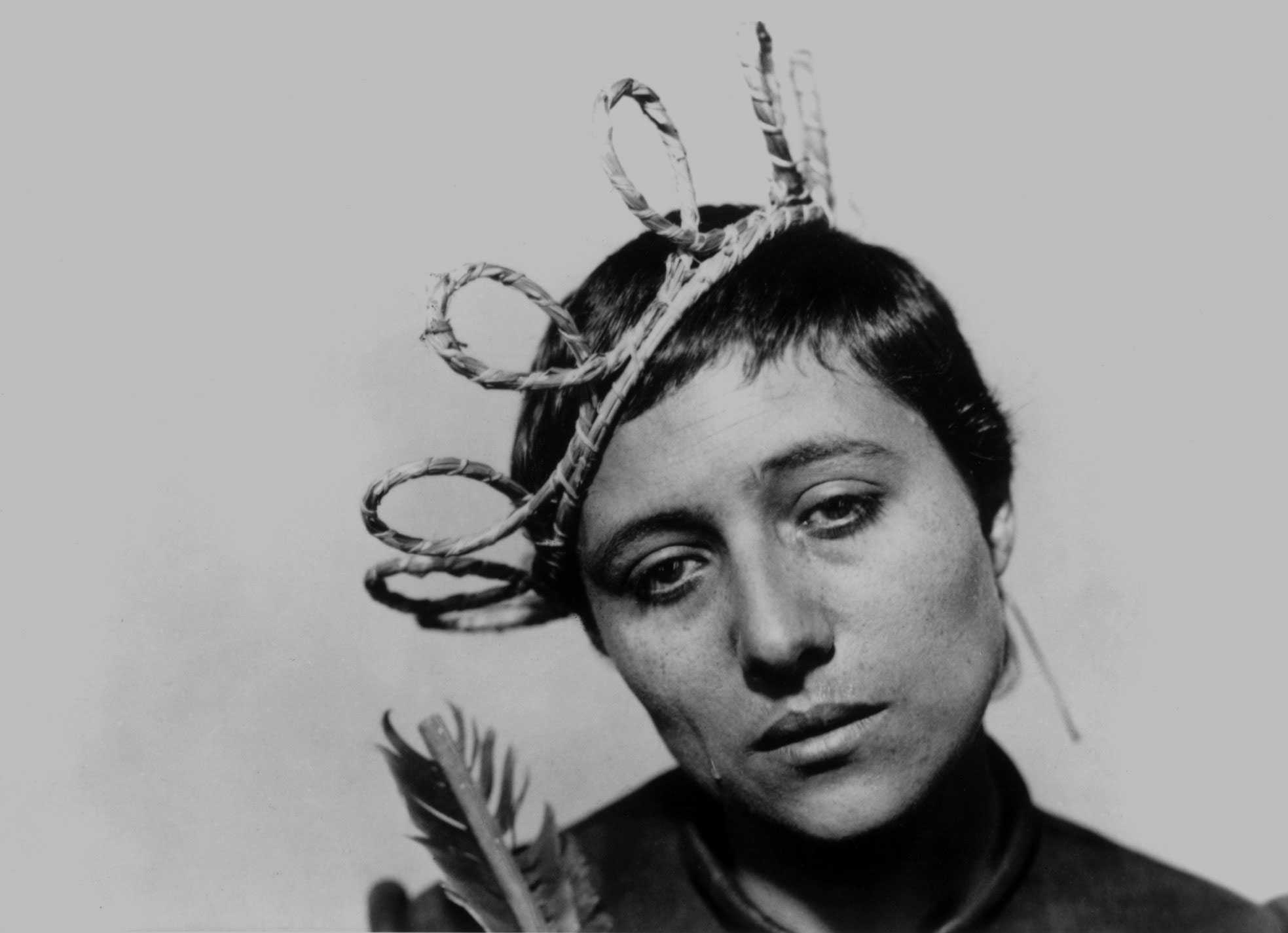A face can make a movie. We’re used to that idea today, though it’s hard to comprehend that the mere notion of the movie close-up—anecdotally, at least, popularized by D.W. Griffith—was still relatively young when Danish filmmaker Carl Theodor Dreyer embarked on his film version of the story of Joan of Arc. Broken down into its basic filmmaking components, The Passion of Joan of Arc is a brazen, experimental work, a symphony of sharp angles and austerely expressive lighting. But once you’ve seen this film, the face of its star, Renée-Jeanne Falconetti, sometimes known also as Maria Falconetti, becomes its most haunting element. As the doomed 15th century political prisoner, tortured and taunted for adhering to her faith, Falconetti holds the film around her in something close to a state of suspended animation. Her suffering, captured in the unwavering gaze of Dreyer’s camera, is less beatific than intimately human. Falconetti’s face, lunar in its radiant complexity, holds multiple truths at once—there’s anguish in her eyes but peace in her soul. Impossible to watch casually, The Passion of Joan of Arc is a film that melts the space between decades, and centuries.
- Donald Trump Is TIME's 2024 Person of the Year
- Why We Chose Trump as Person of the Year
- Is Intermittent Fasting Good or Bad for You?
- The 100 Must-Read Books of 2024
- The 20 Best Christmas TV Episodes
- Column: If Optimism Feels Ridiculous Now, Try Hope
- The Future of Climate Action Is Trade Policy
- Merle Bombardieri Is Helping People Make the Baby Decision
